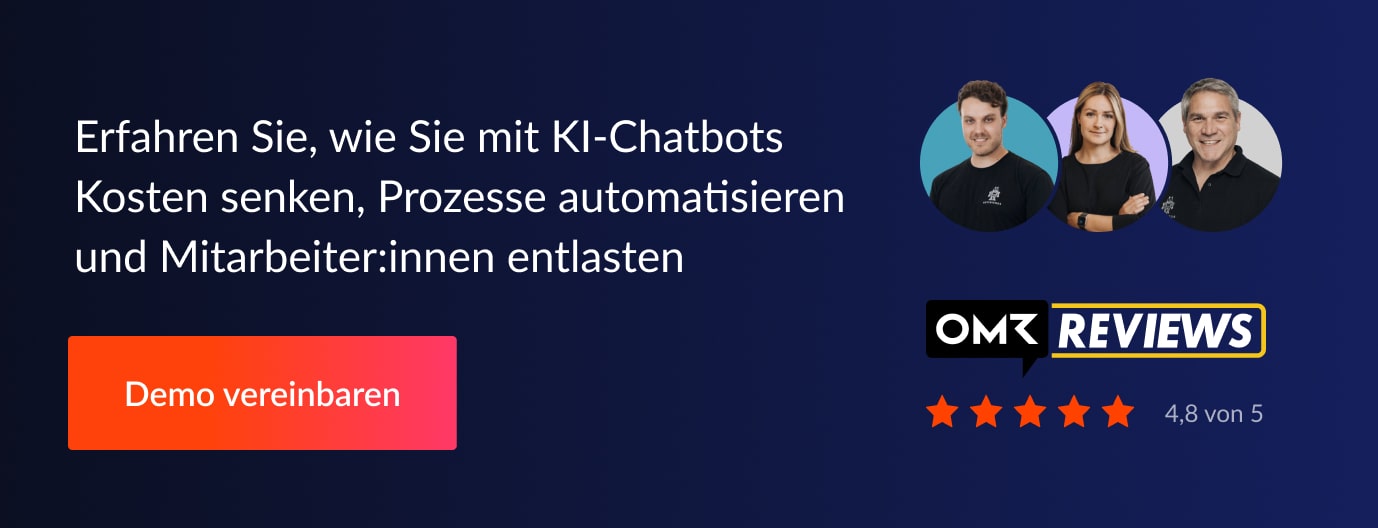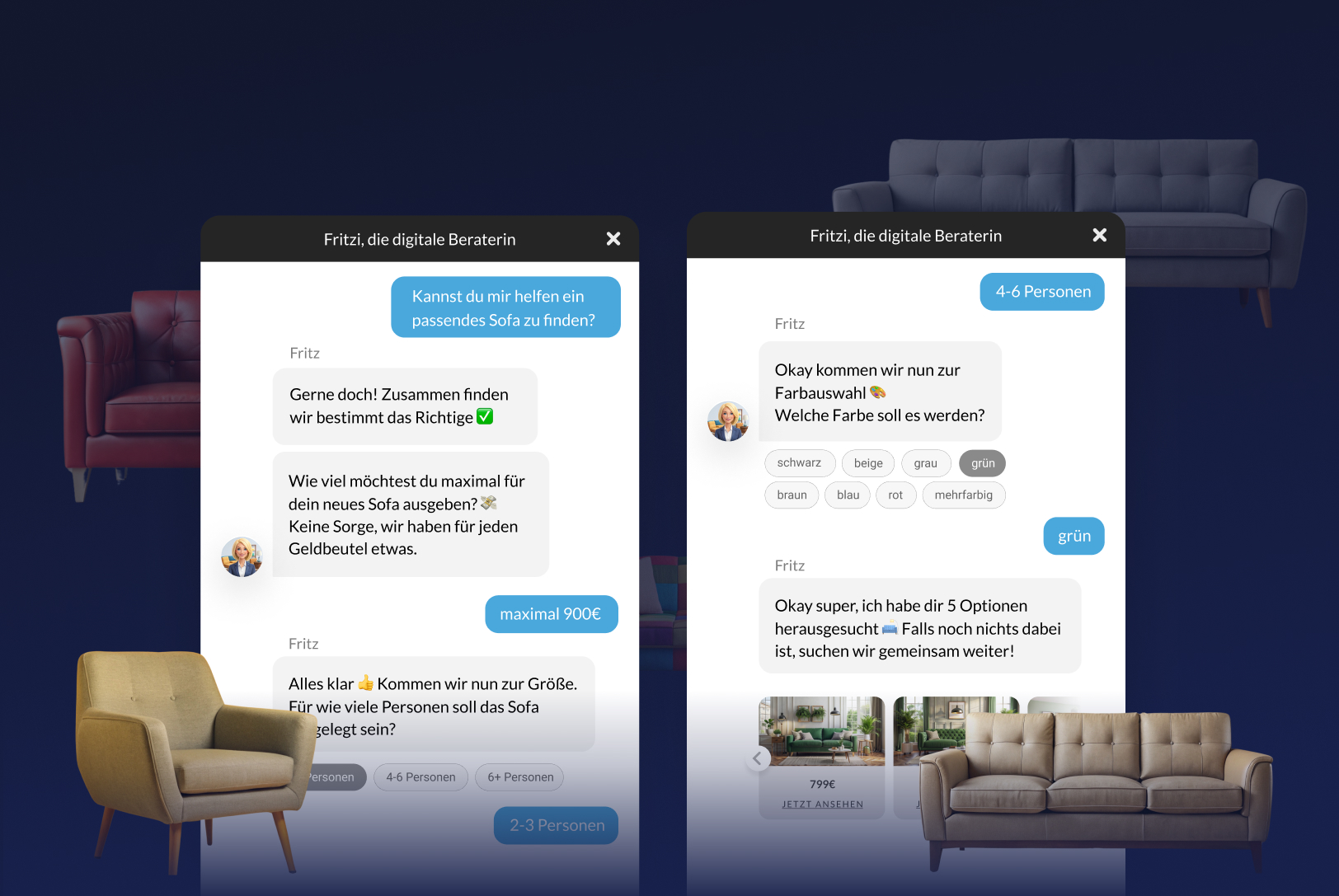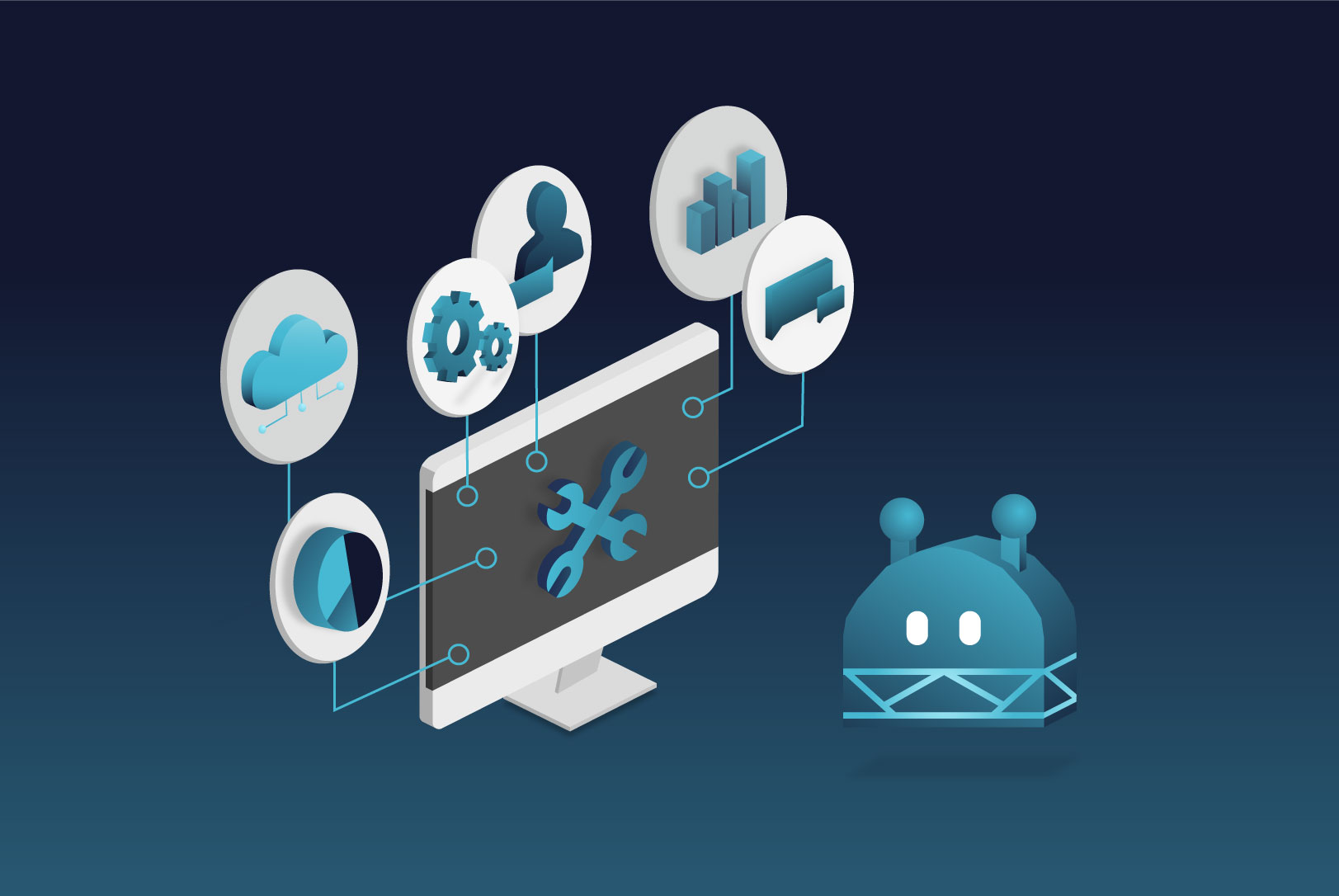Purchasers often receive inquiries from their suppliers regarding purchase orders and invoices. According to one study, employees spend up to 30% of their working time processing these supplier inquiries(Esker).
However, many of these queries are standard questions that can easily be automated. In this way, companies could relieve their employees and give them more time to deal with more complex tasks.
How can companies reduce the effort involved in supplier:internal communication?
Chatbots are the ideal solution for automating the processing of standard queries. They not only respond around the clock in real time, but can also access data and information across systems. These are then made available to the users in the chat. Of course, the company itself can decide which information the chatbot accesses and which it passes on.
If companies now provide their suppliers with a chatbot as a central point of contact, they can greatly reduce the number of inquiries that employees have to process. At the same time, they can provide their suppliers with information more quickly. In this way, purchasing processes can be made leaner and more efficient.
What tasks in supplier:inside communication can chatbots take on?
Obtaining information and quotations
Buyers can use a chatbot to obtain information and quotes from suppliers. For this purpose, suppliers receive a request for quotation with a link. The link gives them access to the chatbot. The chatbot then asks for the necessary information during the conversation and stores it in the system.
The advantage of this procedure is that the necessary information is available to the employees directly in digital form in the company database. It is no longer necessary to open an e-mail, download the attached PDF and enter the data manually in the system.
Chatbots can also be used to negotiate offers and prices. You can read more about how this works in our white paper "How to use Chatbots in Procurement".
Answering questions about orders
If suppliers have questions about the orders, they can also direct them to the chatbot. If the chatbot cannot answer a question, the user can be forwarded to an employee via a human handover.
Acceptance and processing of invoices
Manual invoice processing takes a lot of time. With a chatbot, invoices can be accepted and then automatically entered into the system and processed using optical character recognition technology and robotic processing automation processes.
Answering questions about order and invoice status
For suppliers, it is of course important to know when they will receive payment for their delivery. To relieve purchasing staff of frequent queries, a chatbot can be used to provide suppliers with information about the order and invoice status. chatbot can be used to provide suppliers with information about the order and invoice status.
What are the advantages of using chatbots?
The use of chatbots reduces the number of inquiries that purchasing employees have to process in person and thus gives them the opportunity to concentrate on more complex tasks. It also gives them more time to address issues that require more tact and soft skills in a face-to-face conversation with suppliers.
Another advantage is that manual transmission errors are eliminated. Feedback from the chatbot's interaction with the supplier can be fed directly back into the system. This means that employees can access updated information at any time.
If you want to learn more about how chatbots can be used in procurement, get our whitepaper "How to use Chatbots in Procurement"
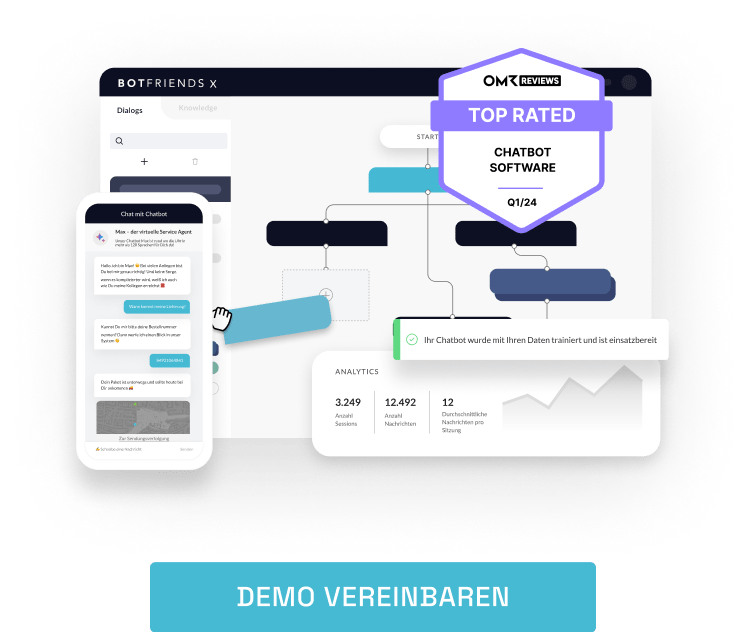
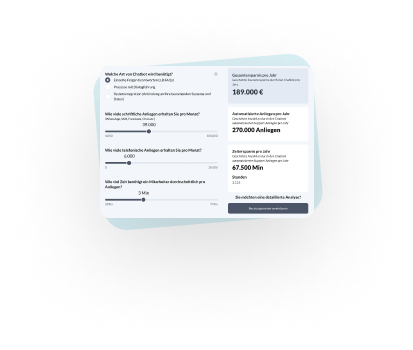 Chatbot ROI Calculator
Chatbot ROI Calculator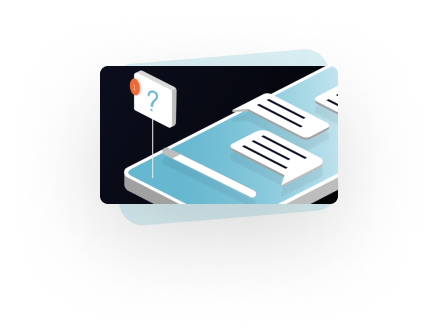 Free training: Chatbot crash course
Free training: Chatbot crash course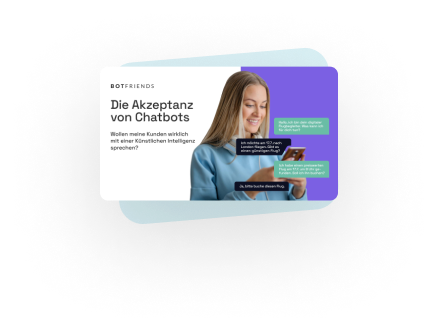 Whitepaper: The acceptance of chatbots
Whitepaper: The acceptance of chatbots